When should I take my daughter for her first exam appointment and what I can do to prepare her for the experience?
The American College of Obstetricians and Gynecologists (ACOG) recommends visiting an obstetrician-gynecologist (OB/GYN) for the first time between ages 13-15. Some patients come to these visits with a symptom or specific question, but the goal of this visit is to allow all teenagers — those with or without concerns — to be proactive in learning about their anatomy, typical or atypical menstruation and the role of the gynecologist in the discussion of sexual or reproductive health concerns.
A visit to a pediatric and adolescent gynecologist — an OB/GYN with specialized training in the treatment of gynecologic conditions in patients from birth to age 21 — is helpful when there are specific concerns, for example:
- Early or delayed puberty — when development of breasts or pubic hair starts before age 8 or hasn’t started after age 12
- Absent periods — when periods haven’t started by age 15 or if there has been more than 6 months since your last period
- Bothersome periods — your periods interfere with school or activities due to pain or the amount of bleeding
- Vaginal bleeding or vaginal discharge prior to the start of puberty
- Ovarian cysts or masses
- Congenital anomalies of the reproductive tract
- Atypical appearance of the genitalia
- Chronic diseases impacting reproductive health
- Concerns about gender identity or gender transition
During a visit to the gynecologist, we will spend most of the time talking to you about your concerns, discussing your typical menstrual pattern and educating you on your gynecologic anatomy. To prepare for this visit, it is helpful if you are tracking you periods and know the date of your last period. A physical exam is part of every office encounter, but a vulvar and/or vaginal exam is not always necessary. Depending on your concerns, it may be helpful to do a visual assessment of the chest or external genitalia. For some concerns, we may ask to place a cotton swab within the vagina, however, an internal vaginal exam with a speculum is rarely required in those who are not sexually active or in those under the age of 21. A pap smear, or a specialized exam of the cervix to rule out pre-cancers or cancers of the cervix, is not indicated until age 21 or older.
To prepare for this visit, it is helpful to discuss the type of exam anticipated. With every patient, I also review that it is appropriate for her to decline any part of the examination if she is not comfortable, and during the exam if she experiences pain or discomfort, she can ask to have the exam discontinued.
I think that the biggest benefit of the first visit to an OB/GYN is the emphasis that we place on education and body autonomy. It’s important to me that you leave you first visit with increased knowledge about your own anatomy, increased confidence in describing your anatomy and the concerns about your anatomy to your provider and increased understanding about the variety of concerns that you can discuss with your OB/GYN during lifelong care.
ACOG also has FAQ resources for teens:
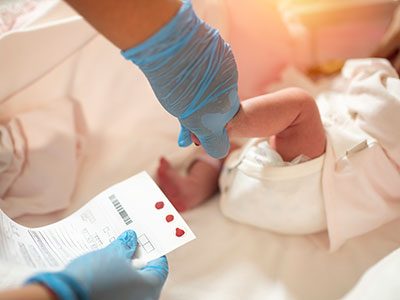 https://riseandshine.childrensnational.org/wp-content/uploads/2025/09/heel-stick-feature.jpg
300
400
webteam
https://riseandshine.childrensnational.org/wp-content/uploads/2017/11/childrens_riseandshine_logo.jpg
webteam2025-09-04 15:25:362025-09-05 10:31:17What to expect with your newborn’s health screening
https://riseandshine.childrensnational.org/wp-content/uploads/2025/09/heel-stick-feature.jpg
300
400
webteam
https://riseandshine.childrensnational.org/wp-content/uploads/2017/11/childrens_riseandshine_logo.jpg
webteam2025-09-04 15:25:362025-09-05 10:31:17What to expect with your newborn’s health screening



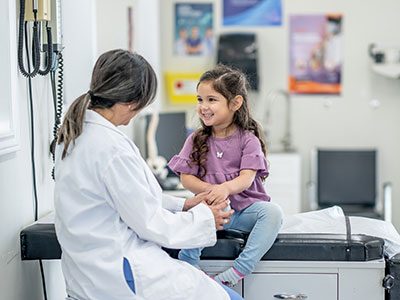
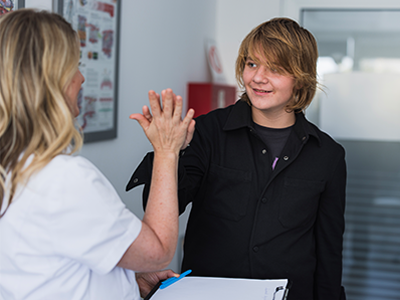
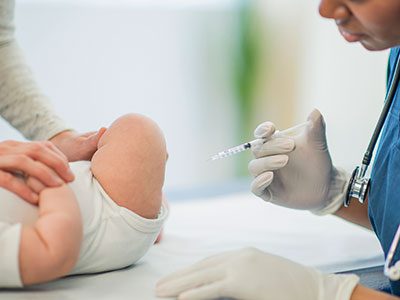
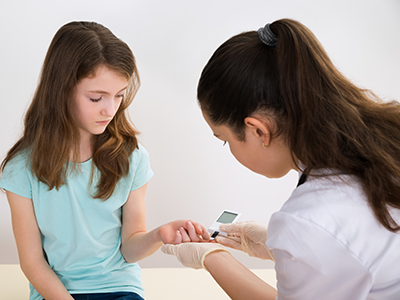


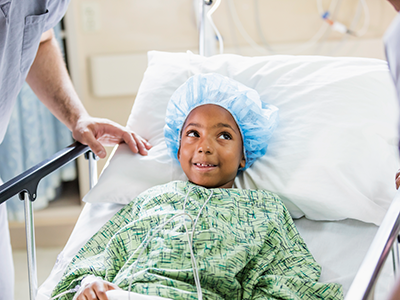

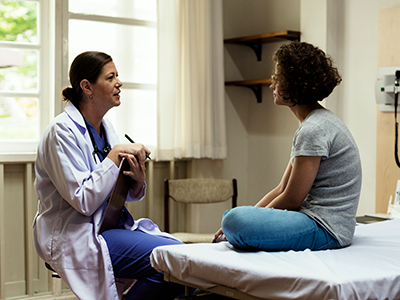

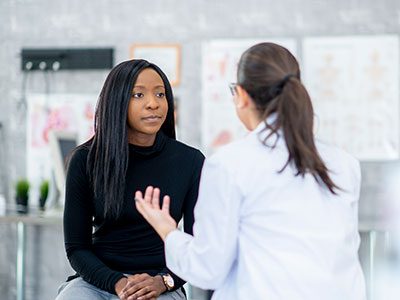

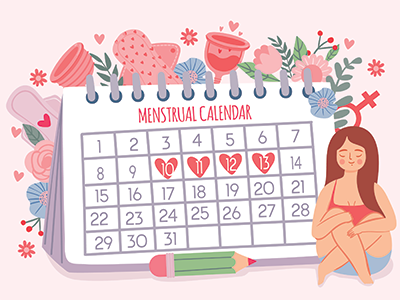


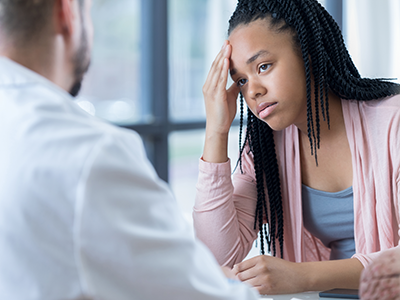

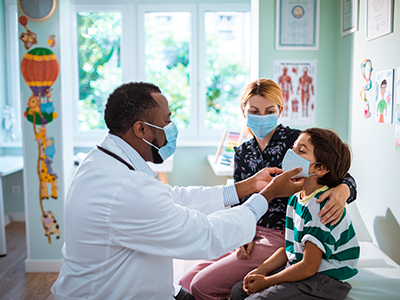
Leave a Comment
Want to join the discussion?Feel free to contribute!